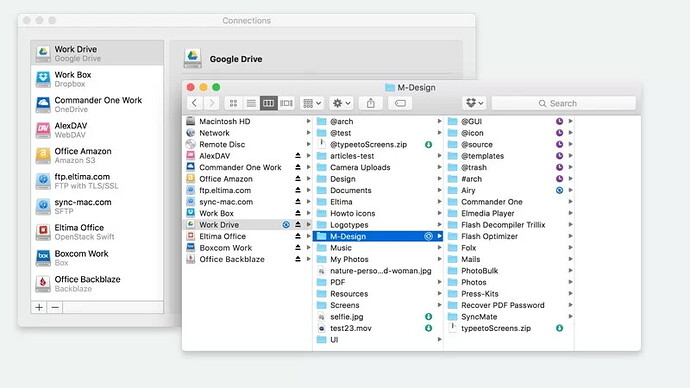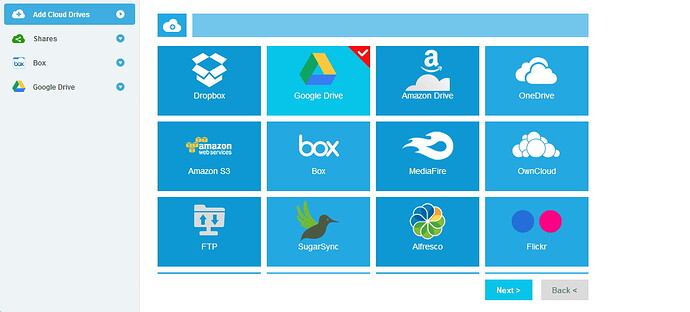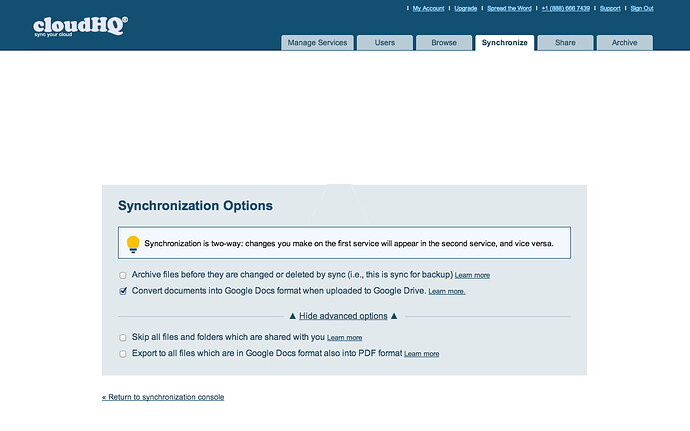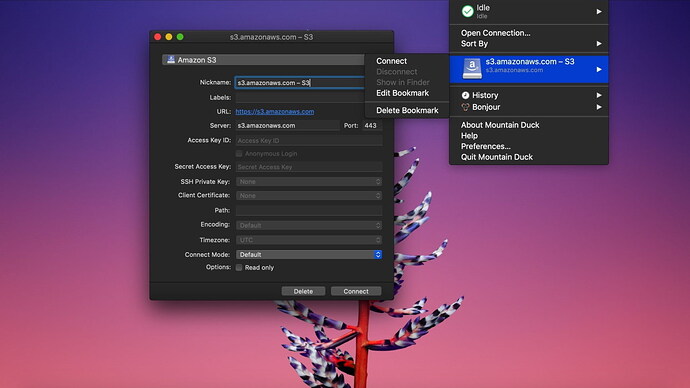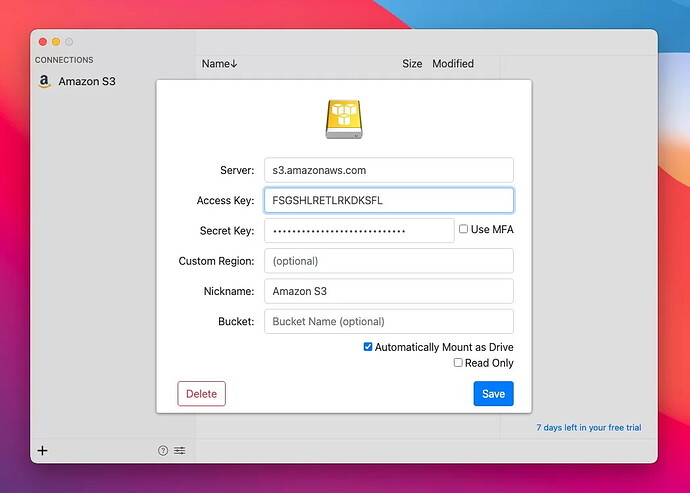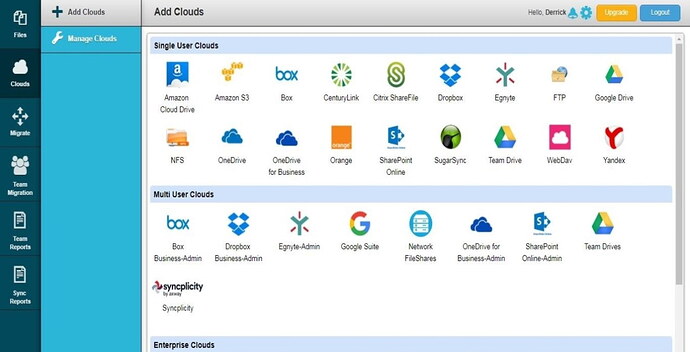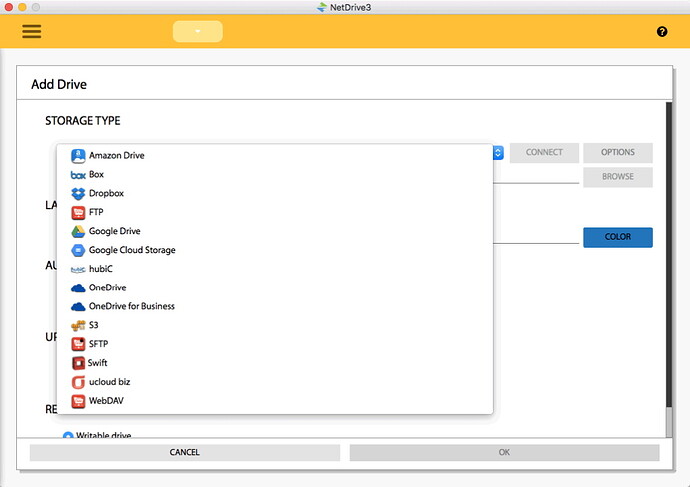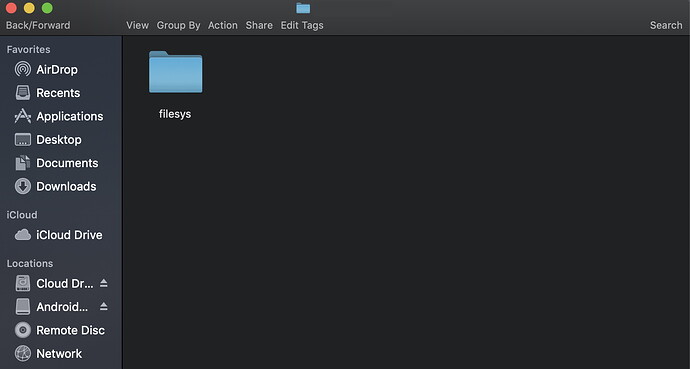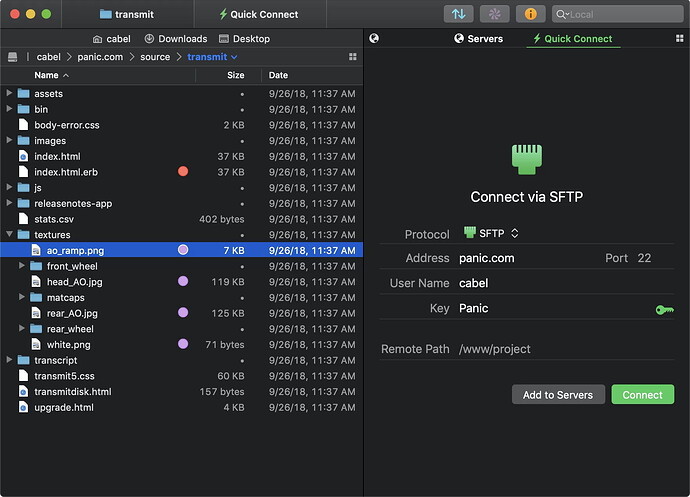Hey everyone!  So, nowadays, most companies are all about using clouds for storage—whether it’s private, public, or a mix of both (hybrid cloud). A cloud manager can actually be a game-changer because it helps you keep track of your cloud usage, ensures you’re spending wisely, and helps you make smart choices on where to run your workloads, making everything super efficient.
So, nowadays, most companies are all about using clouds for storage—whether it’s private, public, or a mix of both (hybrid cloud). A cloud manager can actually be a game-changer because it helps you keep track of your cloud usage, ensures you’re spending wisely, and helps you make smart choices on where to run your workloads, making everything super efficient.
But you might be wondering, what exactly is cloud management, what are the perks, and how on earth do you pick the right cloud management software for your team? No worries, I’ve got you covered! We’ll go over all these questions and share the top 10 best cloud managers for Mac with you, along with the pros and cons for each.
 What is Cloud Management?
What is Cloud Management?
So, chances are your organization uses multiple cloud services, right? It can get pretty overwhelming keeping track of everything. This is where cloud management comes in. It’s all about monitoring the use of one or several private or public clouds.
By using cloud management software, you can not only balance your cloud usage—ensuring everything’s cost-effective—but also make critical decisions about where to run your tasks, maximizing efficiency. These platforms may handle apps, content, data, or even all three!
There’s a bunch of cloud managers out there to choose from, ranging from free to paid options. Finding the right one can be tough, but don’t stress—we’re here to make it a whole lot easier.
 Best Cloud Management Software for Mac
Best Cloud Management Software for Mac
Picking the ideal cloud manager for your business can be tricky because there’s just so much out there. We’ve broken it down to our top 10 favorite cloud managers for Mac. Here they are, in no particular order, with all the pluses and minuses for each.
CloudMounter makes mounting cloud drives on Mac a breeze and supports tons of cloud storage services like Google Drive, Amazon S3, Dropbox, OneDrive, and more. You can try it for free, and it’s just $44.99 to purchase (50% off if you upgrade from a previous version).
This app is cross-platform with a super easy interface. It frees up space on your Mac’s hard drive and includes file encryption for security. You can mount multiple cloud services and access them as if they were local files.
Pros:
- Works on Windows and Mac
- Free trial available
- One-click to connect/disconnect clouds
- Fast uploads/downloads
- Supports remote protocols
- Integrates with Finder and Keychain
Cons:
- Needs internet to connect to clouds
- No status bar for downloads
How to Use CloudMounter:
- Download and install CloudMounter, then launch it.
- Select the cloud service you want to connect from the list.
- Grant access, enter your credentials, name your drive, and choose a drive letter.
- Your account will appear in the left-hand list.
- Access your files through Finder like a local drive.
MultCloud supports most popular cloud services and WebDAV/FTP. It has a preview mode for DOC, PDF, and XLS files, 256-bit AES encryption, and allows auto-sync, transfer, or backups between cloud services. The basic plan is free (5GB/month), or you can upgrade for more data.
Pros:
- Free basic plan
- Auto-sync, backup, transfer between services
- Supports many cloud services
- Connect multiple accounts on the same cloud
Cons:
- 5GB/month cap on the free plan
- No desktop or mobile app
How to Use MultCloud:
- Create an account on MultCloud’s site.
- Log in and click ‘Add Cloud’ from the menu.
- Select your cloud provider and follow the instructions.
CloudHQ lets you transfer or sync files between clouds easily but lacks scheduled syncing. It offers unlimited data and cloud accounts, with a free plan supporting free cloud accounts and three paid plans for more features. It’s user-friendly with a simple interface.
Pros:
- Easy to use
- AES 256-bit encryption
- Unlimited transfer/backup data
- Free and paid plans
Cons:
- No search tool or file previews
- No FTP support
- Web-based only, no mobile or desktop app
How to Use CloudHQ:
- Choose to sync or backup cloud storage accounts.
- In the Sync & Backup tab, select your service, log in, and authorize CloudHQ.
- You’ll see the added service in the Cloud Accounts tab.
Mountain Duck lets you mount almost any cloud storage as well as FTP, SFTP, or WebDAV servers. It’s easy to use, works on Windows and Mac, integrates with Finder, and runs from the menu bar. A free trial is available, with a purchase option starting at $39 per user.
Pros:
- Cross-platform
- Free trial
- Supports major protocols
- Revert to previous versions
- Shows past connection history
- Reliable encryption
Cons:
- App can be unstable at times
How to Use Mountain Duck:
- Click ‘New Connection’ or go to File > Open Connection.
- Enter the details to connect to your account or server.
- Click Connect.
- Or type the server name into the Quick Connect field in the toolbar.
ExpanDrive allows you to access remote files from Finder on Mac. It’s cross-platform, working on Windows, Mac, or Linux, with a multi-threaded connection engine for swift file transfers. Spotlight search integration makes finding files easy. A free trial is available, with purchases starting at $49.95 per user.
Pros:
- Supports various cloud services plus FTP, SFTP, and WebDAV
- Multi-user file locking
- File version management
- Cross-platform
Cons:
- App can hang or crash occasionally
- Issues connecting to OneDrive
How to Use ExpanDrive:
- Download, install, and launch ExpanDrive.
- ExpanDrive will be in your system tray near the clock.
- Add a new Google Drive, enter your credentials, and click Connect.
- Access your Google Drive files locally on your Mac.
And that’s just half of it! I have more cloud managers to share, but I’ll save it for another post to avoid overwhelming you all. Feel free to reach out with any questions or if you’re looking for more details on any specific app!  ## CloudFuze
## CloudFuze 
Hey folks! So, if you’re dealing with heavy-duty enterprise migrations rather than just daily file swaps, CloudFuze might be your go-to. It’s super user-friendly, supports 40 different cloud storage accounts, and has tight security with high-level encryption. They offer a free trial, but for specific pricing, you’ll need to hit them up for a quote.
Pros 
- Tailored for enterprise use
- Powerful admin controls
- Easy-peasy search tool
- Drag and drop functionality
- Supports 40 cloud storage services
Cons 
- No upfront pricing, and quotes can get expensive
How to Use CloudFuze 
- Create your CloudFuze account.
- Add your cloud account: Click on the provider in the business clouds list.
- Enter your admin credentials on the pop-up and hit Sign-in.
- Check under Manage Clouds for any added accounts.
- Start transferring files: Click on the Team Migration icon on the left.
NetDrive 
NetDrive lets you handle files across popular services like OneDrive and Google Drive. It’s cross-platform and super user-friendly, even working with FTP servers. You get a seven-day free trial, after which you can choose a one-year or lifetime license starting at $21.90.
Pros 
- File locking to prevent others from editing
- Background uploading
- Available on Windows and Mac
- Drag and drop transfers
- Flexible purchase options
Cons 
- The interface feels a bit outdated
- Only a seven-day free trial
How to Use NetDrive 
- Download, install, and launch NetDrive.
- Click Storage Type, select Google Drive, then click Connect.
- Enter your login details.
- Allow access if a pop-up appears.
- See Google Drive listed as a connected service in NetDrive.
Gladinet 
Gladinet is awesome for sharing files across multiple cloud services, WebDAV, and FTP servers, especially for enterprises. It’s quick to set up and runs on Windows, Mac, iOS, and Android. It includes features like file locking, version control, and strong security.
Pros 
- Free trial
- Secure file sharing
- Compliance-friendly version control
- Wide support for cloud services and remote servers
- Cross-platform, plus iOS and Android apps
Cons 
- Need to sign up for a free trial to view pricing
- Can be pricey
- Might face issues with large file sync
How to Use Gladinet 
- Download, install, and launch the software.
- Go to Cloud Drive > Virtual Directory.
- Click the Mount Virtual Directory icon.
- Choose your cloud provider, click Next.
- Input login credentials, click Next.
- Your storage should show as a folder in the network drive.
WebDrive 
WebDrive is a popular choice for global companies for managing cloud data. Available on Windows and Mac, it supports tons of cloud services, as well as WebDAV, FTP, HTTP servers, and more. Preconfiguring settings and sharing with users is a breeze. There’s no free plan, and an individual license costs $59.95 for two computers.
Pros 
- Supports a huge range of services and protocols
- Auto-sync
- User-friendly
- Cross-platform
Cons 
- No free trial
- No Linux version
- Can be quite pricey
- Might disconnect or lag with large file transfers
How to Use WebDrive 
- Download, install, and launch the software.
- Click New.
- Select the type of server/cloud service.
- Follow the instructions, input login credentials, and connect.
- Connected service should appear in the Server list.
Transmit 5 
For macOS users, Transmit 5 is a gem. It has a familiar Mac-like interface and supports a ton of cloud services. With features like 256-bit AES encryption and multithreading for faster transfers, it’s top-notch. There’s a seven-day free trial, and then it’s $45 per license.
Pros 
- Intuitive, Mac-like UI
- Batch renaming
- Local-local or remote-remote sync
- Comprehensive tutorial library
- Seven-day free trial
Cons 
- Connection timeouts happen
- Expensive if you need multiple licenses
How to Use Transmit 5 
- Create a server using the Amazon S3 option.
- Change the address to https://storage.googleapis.com.
- Enter your Access ID and Secret Key.
- Click Save, and you’re good to go!
Final Thoughts 
There are tons of cloud management apps for Mac, so it can be tricky choosing the best one for your needs. Make sure to weigh the pros and cons and try the free trial if available. Reading user reviews can also help a lot in making a decision. And of course, double-check the software’s cost and OS compatibility. Happy cloud managing!
You can find more detailed insights and discussions on the best options for your needs.

